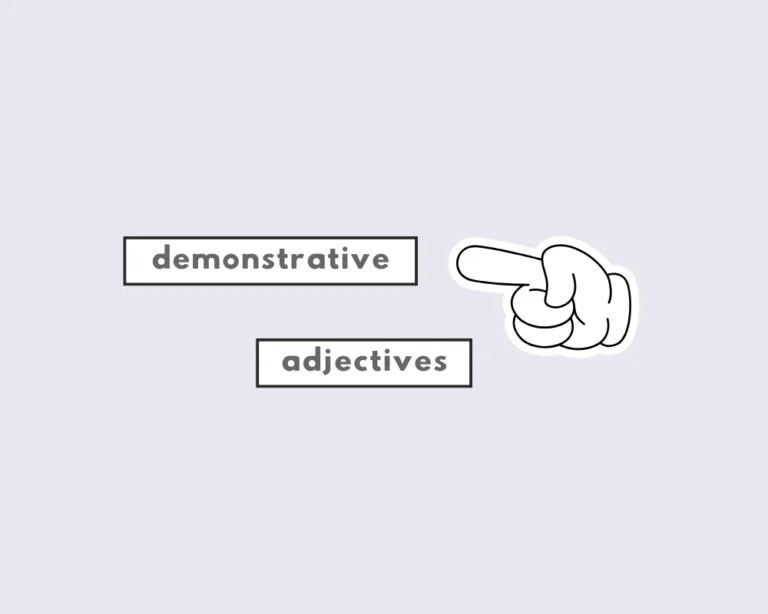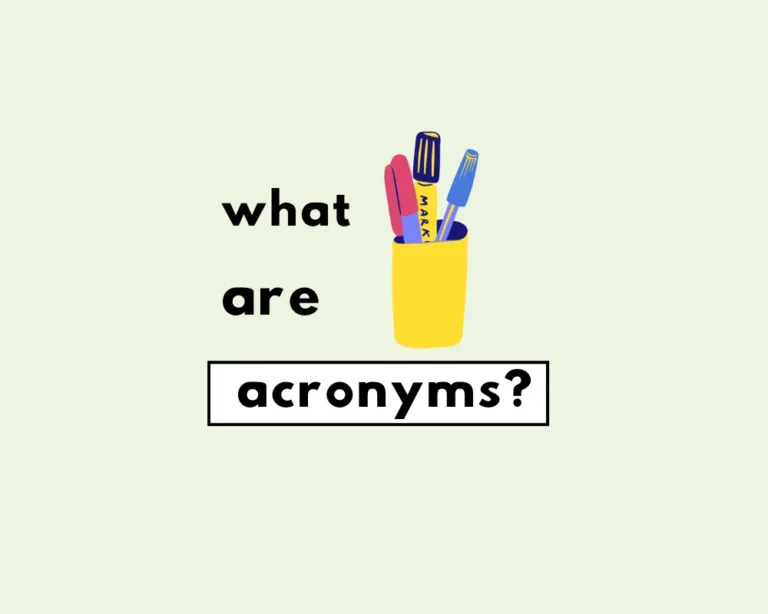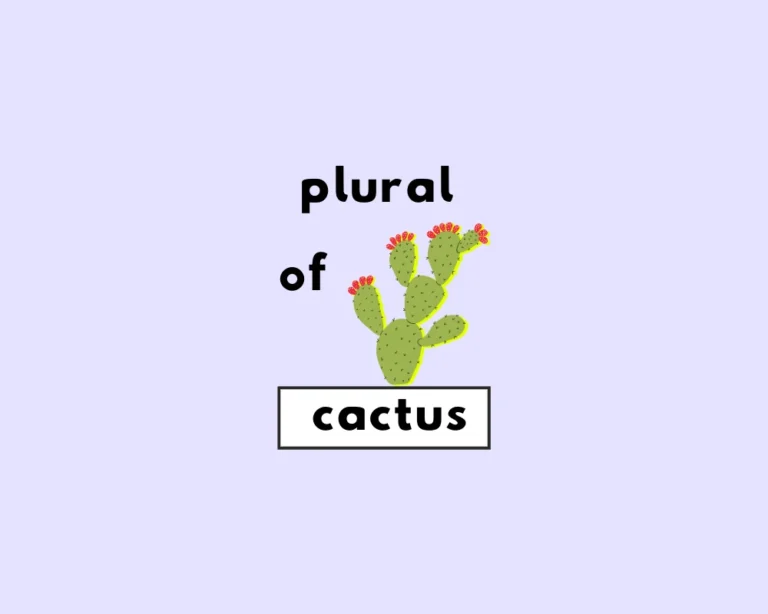Does punctuation go in brackets or out?
The meeting was held on Tuesday (a very productive day).
She brought her favorite book. (Correct: punctuation inside when bracketed info is a complete, standalone sentence)
The project was delayed (due to unforeseen circumstances.) (Incorrect: period inside when bracketed info is not a complete sentence)
He arrived late (which is typical).
Whether to place punctuation in brackets or out of them is a question that regularly perplexes writers. Is there a correct format when it comes to punctuating brackets? Do periods, commas, and all other punctuation go inside or outside a pair of brackets (also known as parentheses)?
The answer depends on where they appear in a sentence. Generally speaking, with parenthetical phrases (the writing that goes inside the brackets), we don’t include punctuation. However, if what’s within the brackets is a complete or standalone sentence, we keep the punctuation within the brackets (as in a period or exclamation mark).
Brackets in the middle of sentences?
Often, brackets appear in the middle of a sentence to include nonessential or ‘parenthetical’ information. As a general rule of thumb, do not punctuate brackets with nonessential/parenthetical information.
The general rule is to keep punctuation with the sentence it belongs to. If a period belongs to the broader sentence (and not just what’s within the parentheses), place the period at the end of the sentence.
For periods with brackets, remember: if the text inside is a complete sentence, the period goes inside.
Sentences with punctuation inside the brackets
If an entire sentence is within the brackets, include punctuation in the sentence: (Several other courses were offered, but they were not as popular.)
If what’s inside the brackets is a complete sentence, include punctuation: I arrived at work at 9.30 am. (That’s earlier than usual.)
Sentences with punctuation outside the brackets
We leave punctuation outside of the brackets when the information provided is additional or nonessential:
- Students completed several psychology courses (social, personality, and clinical).
- The cake looks great (and tastes even better).
- I arrived at work at 9.30 am (which is earlier than usual).
Check our other articles!
- What’s an Oxford comma?
- How to use Commas?
- What are personal pronouns?
- What’s the difference between they’re, their, and there?
- Whose vs who’s?
Work Sheet
According to the blog post, when should the period for a sentence within brackets go inside the brackets?
If the text inside brackets is an incomplete phrase (not a full sentence), where does the period for the main sentence generally go?
Which of the following sentences is punctuated correctly based on the rules for incomplete phrases in brackets provided in the post?
Which of the following sentences correctly demonstrates a complete sentence within brackets, according to the post’s examples?
The blog post identifies placing a period inside brackets as incorrect in which specific situation?
Choose the option that correctly completes the sentence using brackets for an incomplete phrase, based on the post’s rule: The meeting was held on Tuesday.
Choose the option that correctly completes the sentence using brackets for a complete standalone sentence, based on the post’s example: I arrived at work at 9.30 am
Choose the option that correctly completes the sentence using brackets for an incomplete phrase and handling external punctuation, based on the post’s example: He arrived late.
Choose the option that correctly demonstrates an incorrect use of punctuation with brackets, as shown in the post’s examples for incomplete phrases: The project was delayed.
According to the post, if an entire sentence is within the brackets, include punctuation:
Frequently Asked Questions
Period inside or outside brackets?
+
Punctuation for non-sentences?
+
Punctuation for full sentences?
+
What is a common error?
+
Does this apply to commas?
+
Yash, D. "Do Periods go Inside or Outside of Brackets?." Grammarflex, Jun 11, 2025, https://www.grammarflex.com/do-periods-go-inside-or-outside-of-brackets/.











